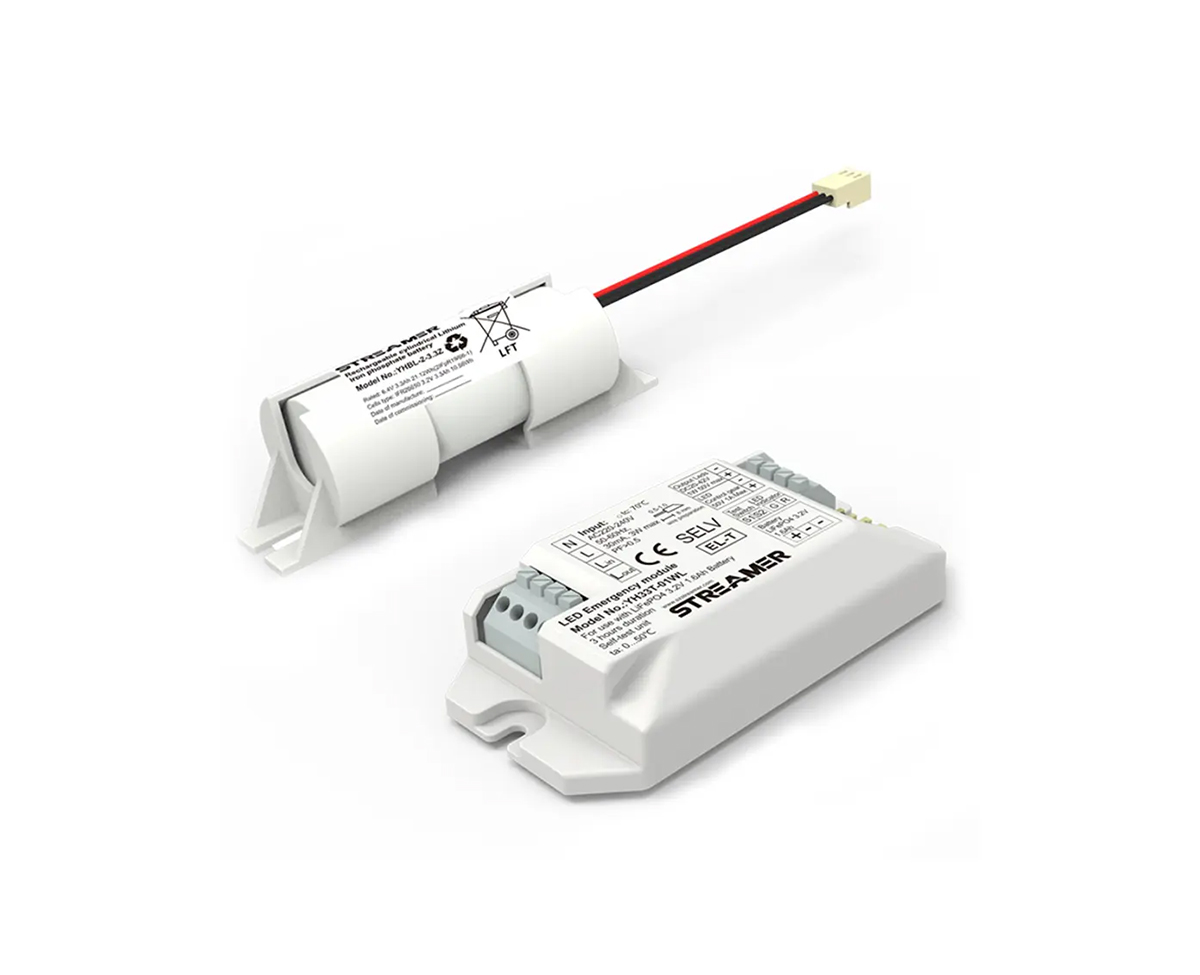 1
1
 Mar 03, 2025
Mar 03, 2025

Streamer BBU (Backup Battery Unit) is a vital component in many systems, ensuring uninterrupted power supply during outages. When a fault occurs in the Streamer BBU, a systematic diagnosis process is essential to quickly identify and resolve the issue.
Initial Inspection
The first step in the fault diagnosis process is a visual and physical inspection. Technicians check for any visible signs of damage, such as bulging or leaking batteries, loose connections, or burnt - out components. They also examine the status indicators on the BBU. If the LEDs are showing abnormal patterns, it can be a quick indication of a problem. For example, a constantly flashing red LED might suggest a battery failure or an over - temperature condition.
Power - On Self - Test (POST)
After the initial inspection, the BBU is subjected to a power - on self - test. During this test, the BBU's internal microcontroller checks the integrity of its hardware components, including the battery management system, charging circuit, and communication interfaces. If the POST fails, error codes are generated. These error codes are then cross - referenced with the manufacturer's documentation to pinpoint the exact component or subsystem that is malfunctioning.
Battery Testing
Since the battery is a key component of the BBU, comprehensive battery testing is a crucial part of the diagnosis process. The battery's voltage, capacity, and charge - discharge characteristics are measured. A multimeter is used to check the battery voltage. If the voltage is significantly lower than the rated value, it could indicate a depleted or faulty battery. To test the battery capacity, a specialized battery tester is employed. This device discharges the battery at a controlled rate and measures the amount of energy it can deliver. If the battery capacity is much lower than the specified value, it needs to be replaced.
Communication and Interface Checks
Streamer BBUs often communicate with the main system or other components. Therefore, the communication interfaces are thoroughly checked. Technicians use diagnostic tools to verify the integrity of the serial, Ethernet, or other communication ports. They also check for proper protocol implementation. For example, if the BBU is supposed to communicate with the system using the Modbus protocol, the data packets sent and received are analyzed to ensure they comply with the Modbus standard. Any communication errors, such as packet loss or incorrect data formatting, are investigated to determine if the problem lies with the BBU's communication module or the connected device.